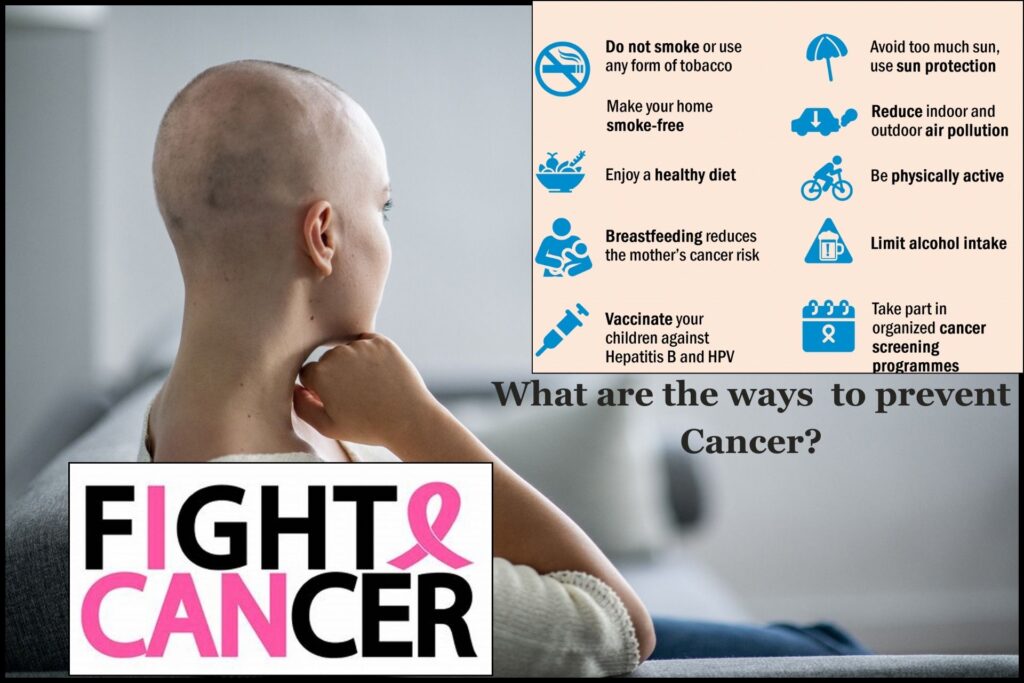. Cancer Cases on the Rise: Understanding the Contributing Factors

Cancer is a complex and multifaceted disease that can be influenced by a variety of factors, including genetic predisposition, environmental exposures, lifestyle choices, and socioeconomic status. While advancements in medical research and treatment have improved survival rates for many types of cancer, the incidence of new cancer cases continues to rise globally. Understanding the contributing factors to this trend is crucial for developing effective prevention and intervention strategies.
* Lifestyle Choices and Cancer Risk:
One significant factor contributing to the increasing incidence of cancer is the impact of lifestyle choices. Several daily habits and behaviors have been linked to an elevated risk of developing cancer. These include:
- Tobacco Use: Smoking tobacco products, including cigarettes and cigars, is a well-established risk factor for various types of cancer, including lung, throat, and bladder cancer. Additionally, exposure to secondhand smoke can also increase the risk of developing cancer.
- Dietary Habits: Poor dietary choices, such as consuming a diet high in processed foods, red meat, and sugary beverages while low in fruits, vegetables, and whole grains, have been associated with an increased risk of certain cancers, such as colorectal cancer.
- Physical Activity: Sedentary lifestyles and lack of regular physical activity have been linked to a higher likelihood of developing certain types of cancer, including breast and colon cancer.
- Alcohol Consumption: Excessive alcohol consumption has been identified as a risk factor for several types of cancer, including liver, breast, and esophageal cancer.
- UV Exposure: Overexposure to ultraviolet (UV) radiation from sunlight or tanning beds is a known risk factor for skin cancer.
* Environmental Exposures:
In addition to lifestyle choices, environmental exposures play a significant role in shaping cancer risk. Exposure to various environmental carcinogens and pollutants can increase the likelihood of developing cancer. Examples of environmental factors that contribute to cancer risk include:
- Air Pollution: Inhalation of air pollutants, such as particulate matter and toxic gases, has been linked to an elevated risk of lung cancer and other respiratory conditions.
- Chemical Exposures: Occupational exposure to carcinogenic chemicals in certain industries can heighten the risk of developing specific types of cancer.
- Radiation Exposure: Prolonged exposure to ionizing radiation, whether from medical imaging procedures or occupational sources, can increase the likelihood of developing certain cancers.
* Socioeconomic Factors:
Furthermore, socioeconomic disparities can influence an individual’s risk of developing cancer. Access to healthcare services, preventive screenings, education about healthy lifestyle choices, and economic stability all play critical roles in shaping cancer outcomes within different populations.
* Prevention from Cancer Cases: 
Cancer is a complex and multifaceted disease that can be influenced by various factors, including genetics, lifestyle, and environmental exposures. While not all cases of cancer can be prevented, there are several strategies and measures that individuals can take to reduce their risk of developing cancer.
1. Healthy Lifestyle Choices: One of the most effective ways to prevent cancer is by adopting a healthy lifestyle. This includes maintaining a balanced diet that is rich in fruits, vegetables, whole grains, and lean proteins while limiting the consumption of processed foods, red meats, and sugary beverages. Additionally, regular physical activity can help lower the risk of certain types of cancer, such as breast and colon cancer. Avoiding tobacco products and excessive alcohol consumption are also crucial in reducing the risk of developing various types of cancer.
2. Screening and Early Detection: Regular screenings for certain types of cancer, such as breast, cervical, colorectal, and prostate cancer, can aid in early detection and treatment. Early detection often leads to more successful outcomes and can significantly reduce mortality rates associated with these cancers.
3. Vaccinations: Vaccinations against certain viruses can help prevent specific types of cancer. For example, the human papillomavirus (HPV) vaccine can protect against cervical, anal, and oropharyngeal cancers caused by HPV infection. Similarly, the hepatitis B vaccine can lower the risk of liver cancer associated with chronic hepatitis B infection.
. Types of Cancer:
1. Carcinoma; Carcinomas are the most common type of cancer, originating in the skin or in tissues that line or cover internal organs.
2. Sarcoma: Sarcomas develop in the bone, cartilage, fat, muscle, blood vessels, or other connective or supportive tissues.
3. Leukemia: Leukemia is a type of cancer that starts in blood-forming tissue such as the bone marrow and causes large numbers of abnormal blood cells to be produced and enter the bloodstream.
4. Lymphoma: Lymphomas are cancers that begin in the lymphatic system, which is part of the body’s immune system.
5. Central Nervous System Cancers: Cancers that begin in the tissues of the brain and spinal cord are known as central nervous system (CNS) cancers.
